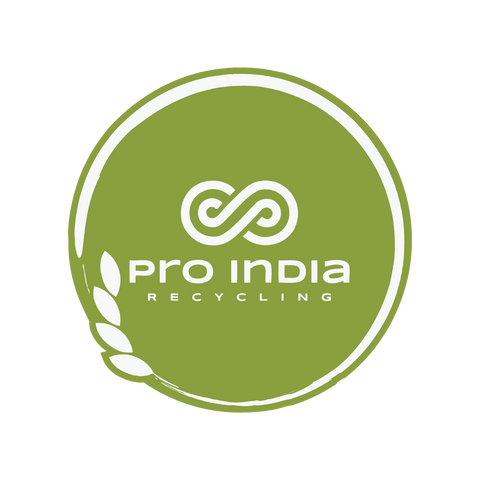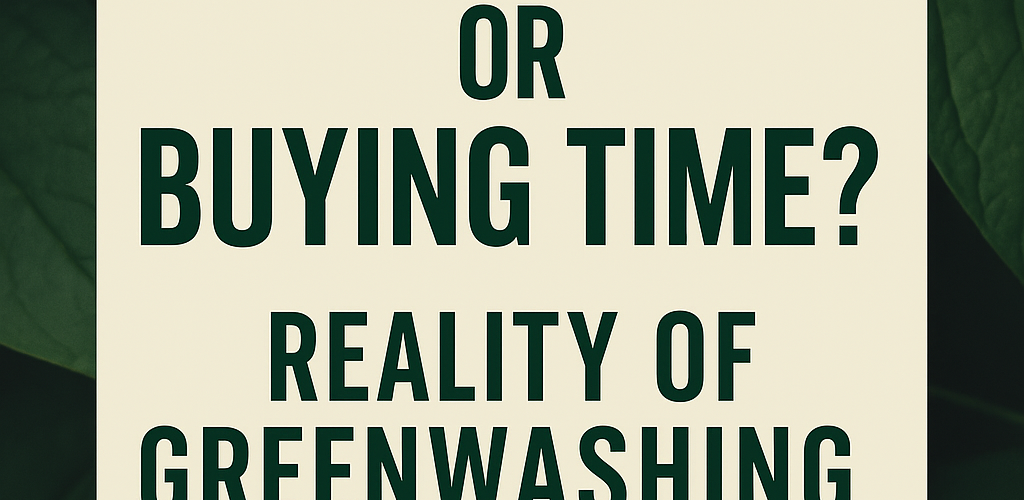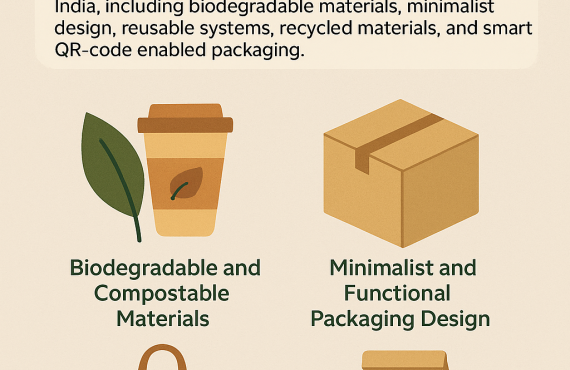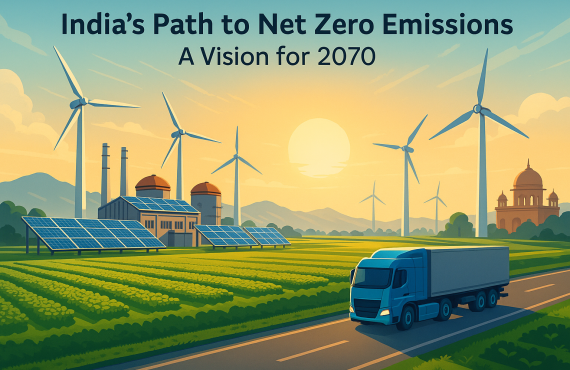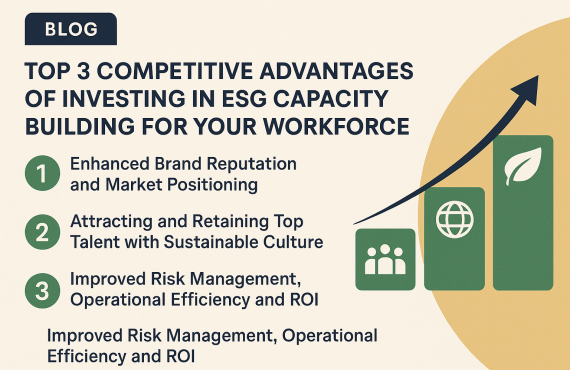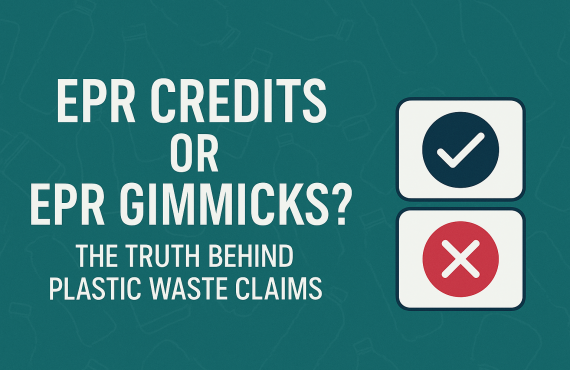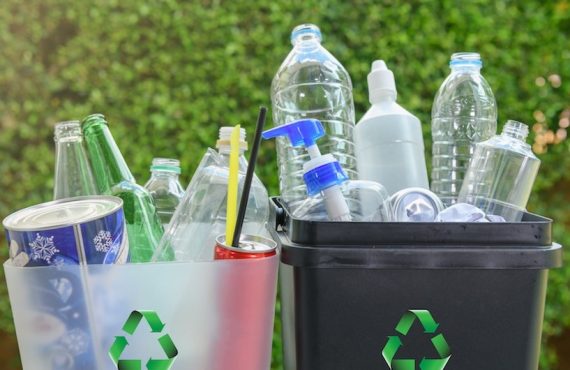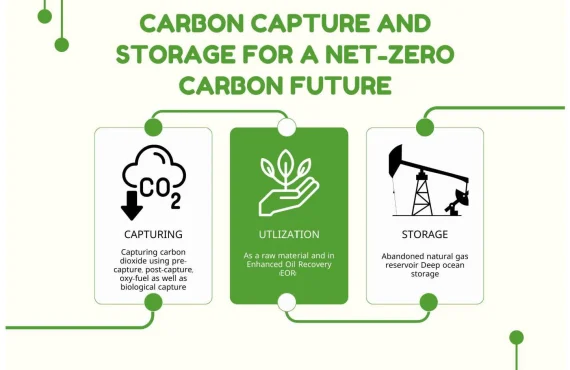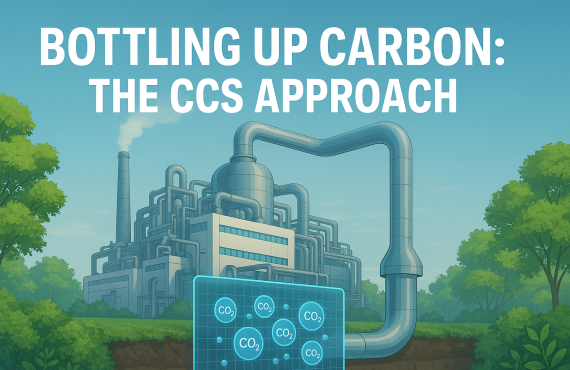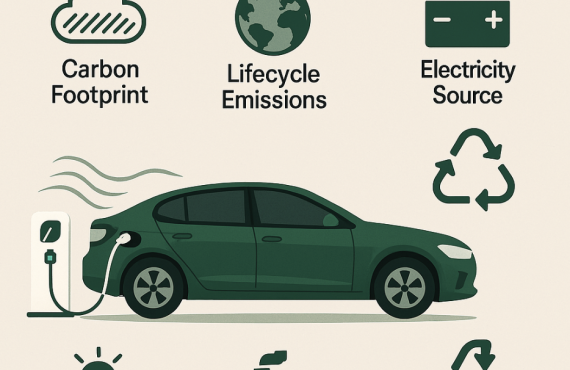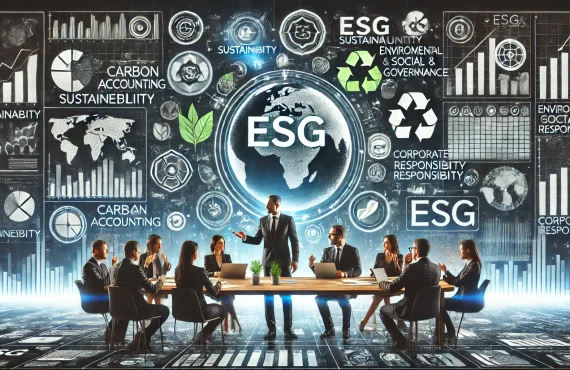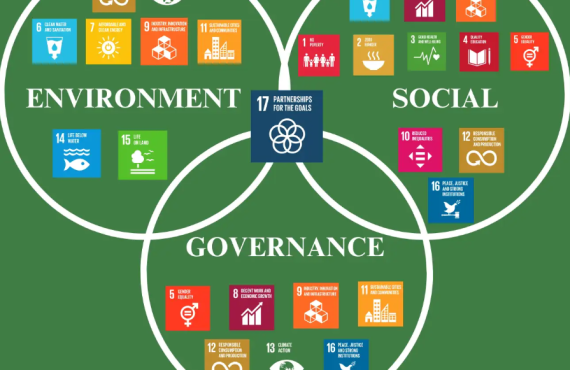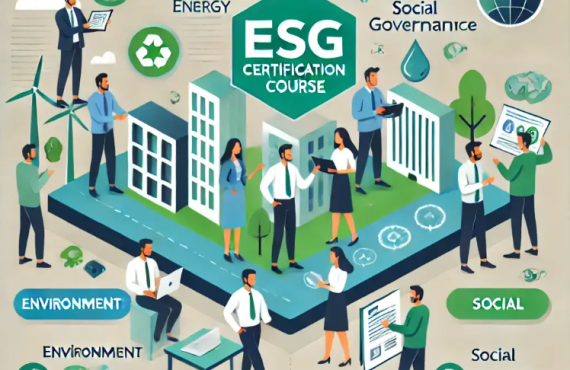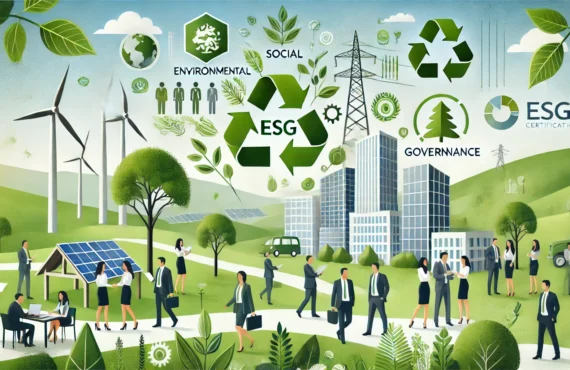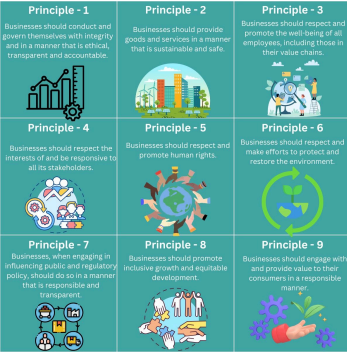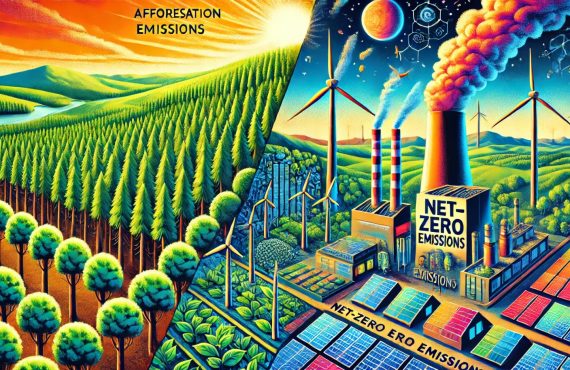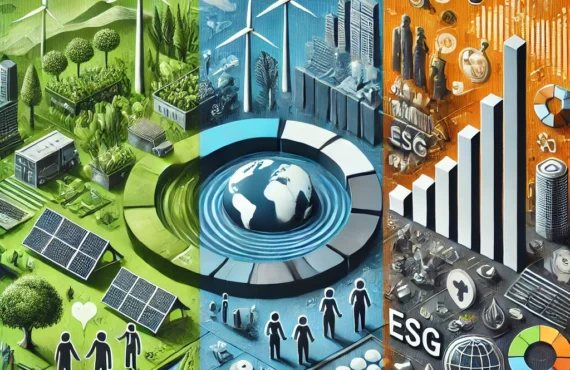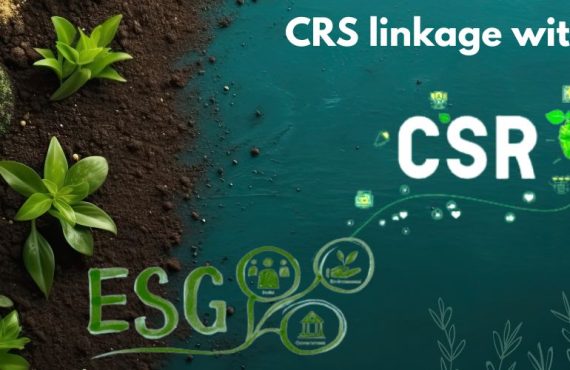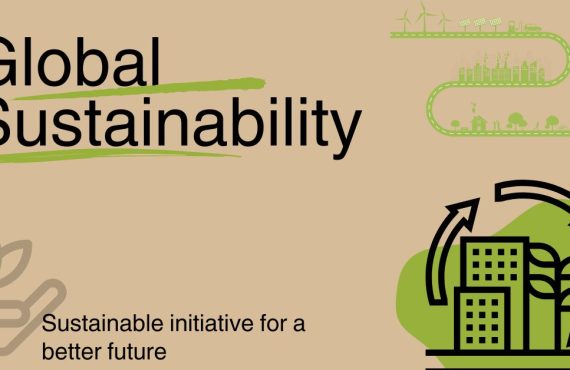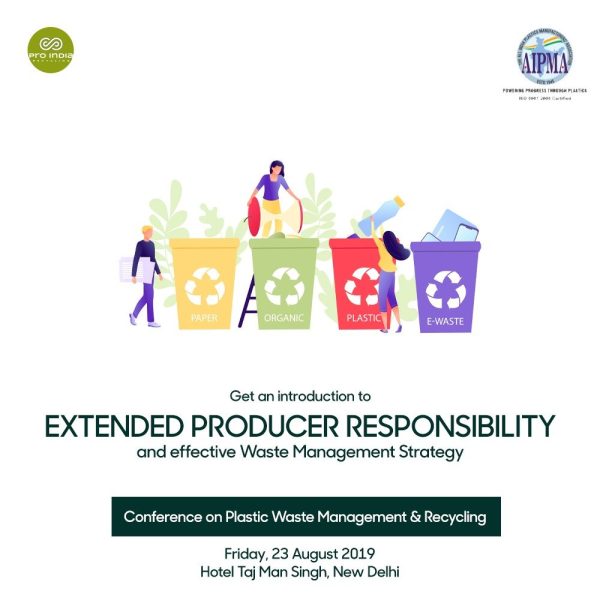Buying Green or Buying Time? : Reality of Greenwashing
In an age where sustainability is not just a buzzword but a business imperative, companies around the world are racing to market themselves as “green,” “eco-friendly,” or “sustainable.” But how much of this is real, and how much is simply an illusion crafted for better sales and public perception? Welcome to the world of greenwashing – a term that is becoming increasingly relevant in the modern corporate landscape.
What is Greenwashing?
Greenwashing is the practice of conveying a false impression or providing misleading information about how a company’s products are environmentally sound. This deceptive marketing strategy is used to attract environmentally conscious consumers, even when the company’s practices are not actually sustainable or eco-friendly.
Coined in the 1980s, the term “greenwashing” has resurfaced with renewed urgency as more consumers demand ethical practices and greater transparency. From single-use plastics labeled as “recyclable” to fast fashion brands touting “sustainable collections,” the examples are everywhere.
Why Corporates Are Tempted to Greenwash
- Consumer Demand: With rising awareness of environmental issues, consumers prefer brands that are eco-conscious.
- Market Competition: Companies may feel pressured to present a sustainable image to keep up with competitors.
- Brand Reputation: A green image improves brand loyalty and enhances corporate reputation.
- Investor Pressure: ESG (Environmental, Social, and Governance) investing is on the rise, prompting companies to appear more sustainable to attract funding.
Real-Life Examples of Greenwashing
- Volkswagen (Dieselgate Scandal): Marketed its diesel vehicles as low-emission while rigging emission tests.
- H&M: Promoted a Conscious Collection with little evidence to support its claims of sustainability.
- Nestlé: Claimed efforts toward plastic sustainability, while remaining one of the biggest plastic polluters.
These examples show how even leading global brands have indulged in greenwashing to maintain their market position.
How to Spot Greenwashing
- Vague Language: Words like “eco-friendly,” “natural,” and “green” without detailed explanations.
- Lack of Proof: No third-party certifications or verifiable data.
- Irrelevant Claims: Highlighting a single green feature while ignoring broader environmental harm.
- Hidden Trade-Offs: Focusing on one sustainable aspect while neglecting others (e.g., biodegradable packaging but unethical labor practices).
- Imagery and Branding: Excessive use of green colors, leaves, or Earth images to create an illusion of sustainability.
Impact of Greenwashing on Business and Society
- Loss of Trust: Once exposed, companies suffer from damaged credibility and consumer backlash.
- Legal Repercussions: Regulatory bodies are cracking down on false environmental claims.
- Market Distortion: Genuine sustainable brands struggle to stand out.
- Consumer Confusion: Makes it harder for buyers to make informed decisions.
The Role of ESG and Regulatory Frameworks
As ESG metrics become vital to investors, organizations are under scrutiny to align with sustainability goals genuinely. Regulatory bodies like the FTC (Federal Trade Commission) in the U.S., and guidelines such as the EU Green Claims Directive, are tightening the noose around greenwashing.
- Mandatory Disclosures: Companies are required to provide detailed sustainability reports.
- Third-Party Audits: Independent verification is encouraged for ESG claims.
- Standardized Metrics: To bring consistency in what is defined as “green.”
What Companies Should Do Instead
- Transparency: Be clear and honest about your sustainability efforts and limitations.
- Third-Party Certifications: Use recognized ecolabels like Fair Trade, Energy Star, or FSC.
- Lifecycle Assessment: Evaluate environmental impact at every stage of the product lifecycle.
- ESG Integration: Make ESG an integral part of corporate strategy, not just a checkbox.
- Continuous Improvement: Sustainability is a journey, not a destination.
What Corporate Professionals Can Do
- Internal Audits: Regular checks on green marketing claims.
- Sustainability Training: Equip teams with the knowledge to make informed decisions.
- Stakeholder Engagement: Involve employees, investors, and consumers in sustainability planning.
- Data-Driven Decisions: Use real metrics and KPIs to guide green initiatives.
The Future: Moving Towards True Sustainability
Greenwashing may offer short-term gains, but it risks long-term damage. As awareness grows, companies need to build genuine, measurable, and transparent sustainability strategies. Corporate professionals must act as gatekeepers, ensuring that their organizations walk the talk.
Conclusion
“Buying Green or Buying Time?” is more than just a clever phrase – it captures the essence of today’s sustainability paradox. In a world where environmental responsibility is paramount, companies must rise above performative actions and embrace authentic change. For corporate professionals, the message is clear: Don’t just buy time with green labels. Invest in real, lasting sustainability.
Only then can we bridge the gap between promise and practice, turning green intentions into green realities.
